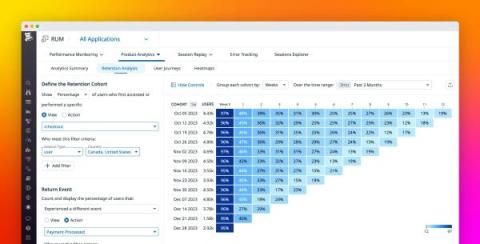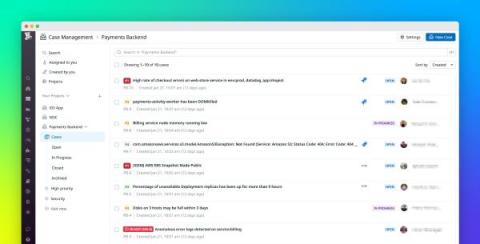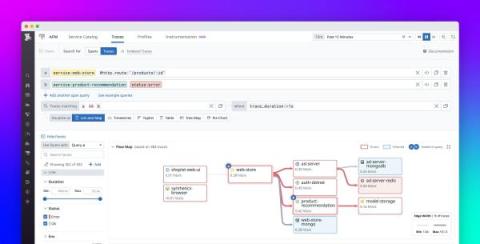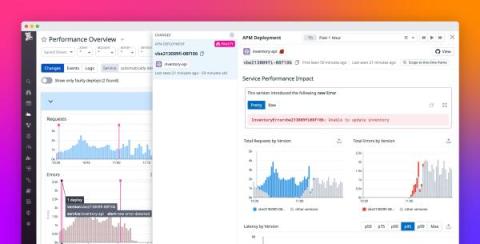Measure long-term user engagement with Datadog Retention Analysis
It’s relatively easy to study the immediate impact of new releases by analyzing short-term changes in user behavior or system activity. However, this information doesn’t tell you much about the long-term viability of your application, which depends less on the novelty of major application updates and more on sustained usability.











